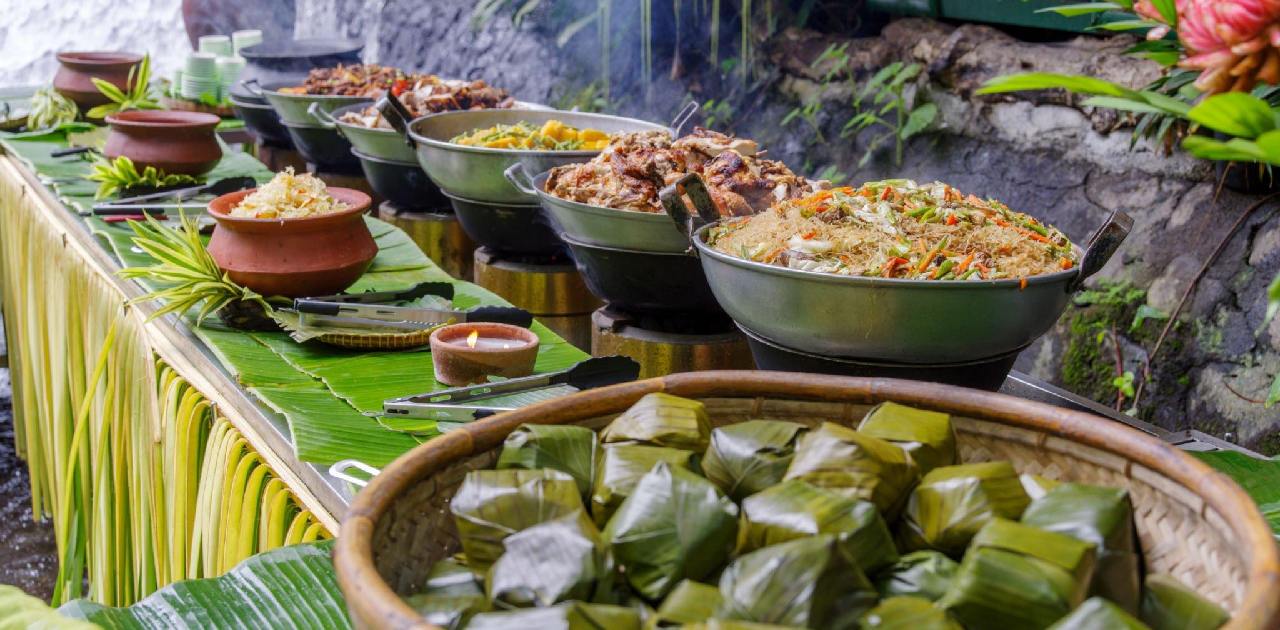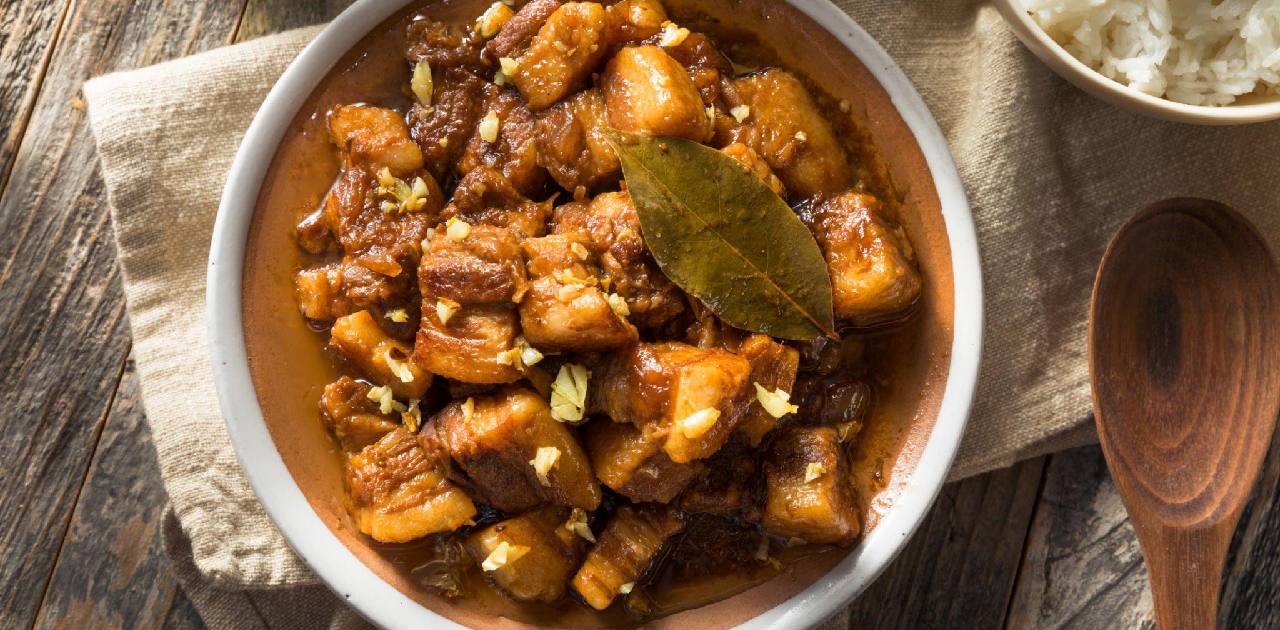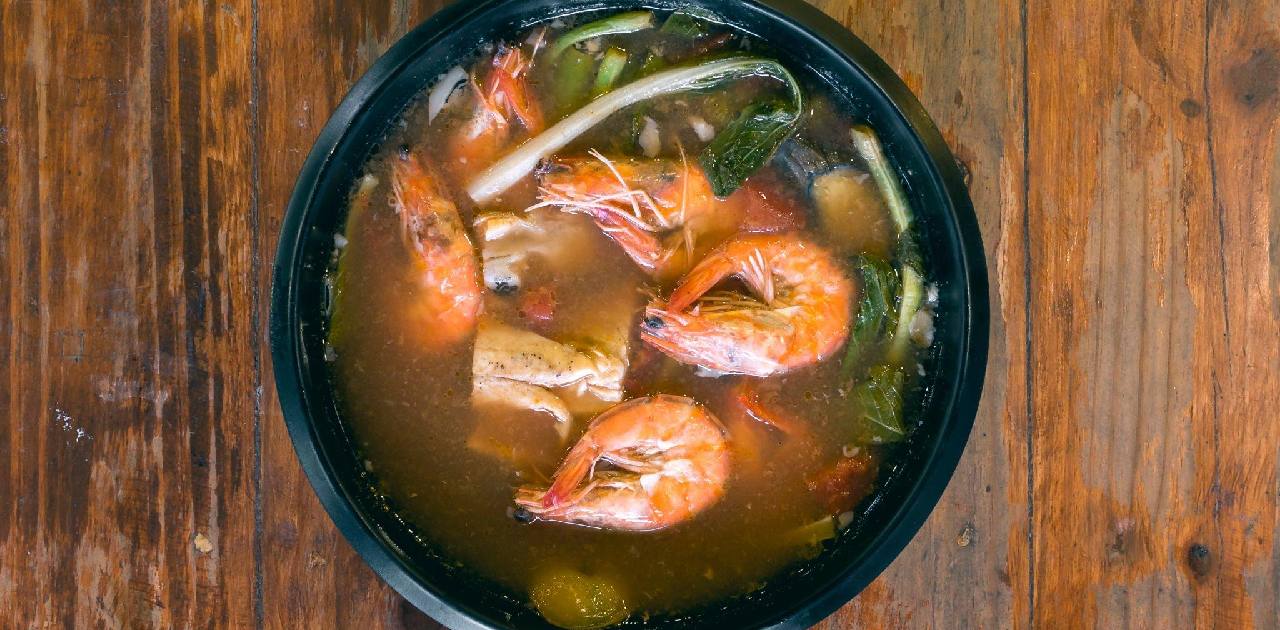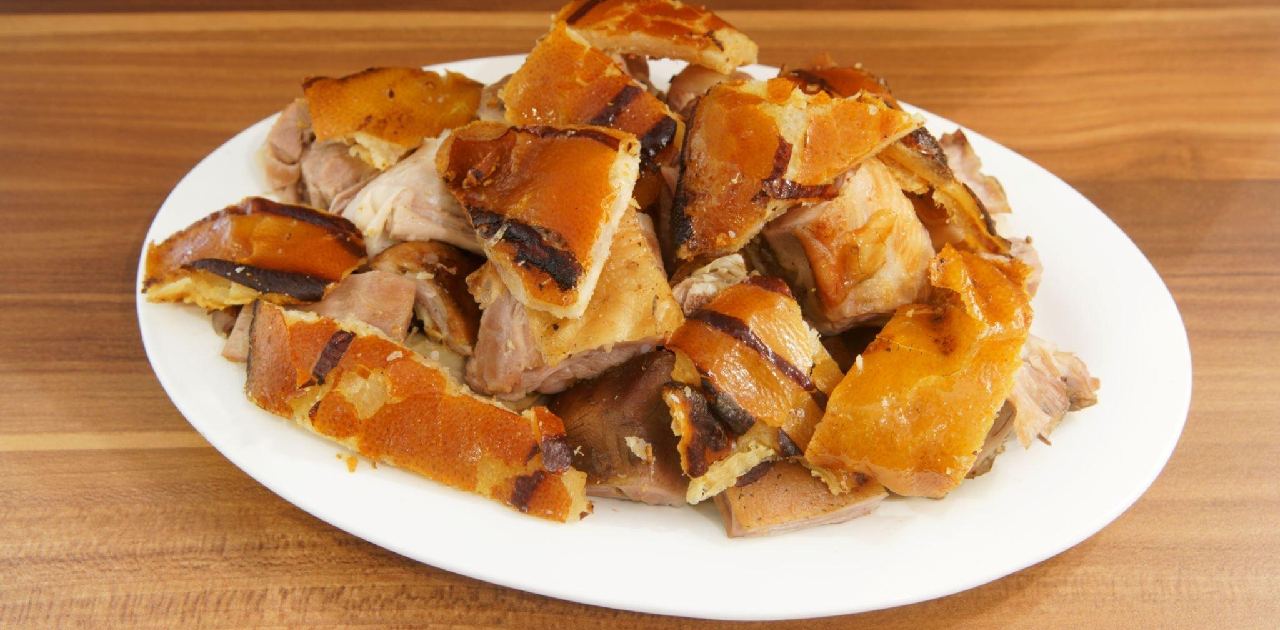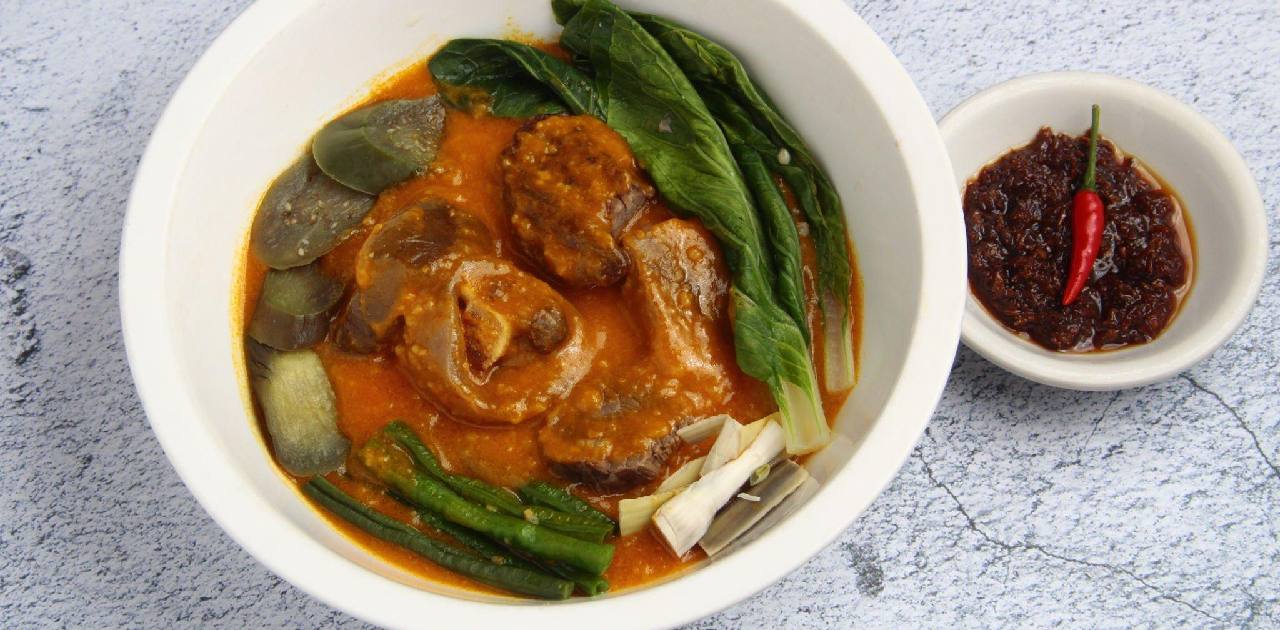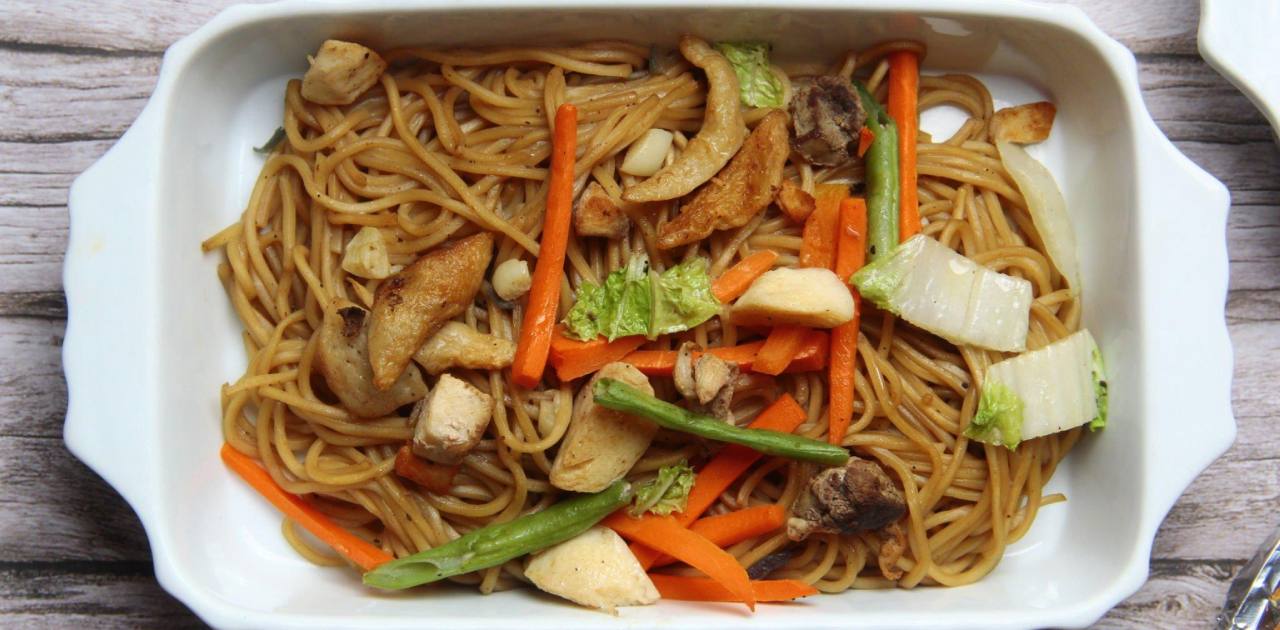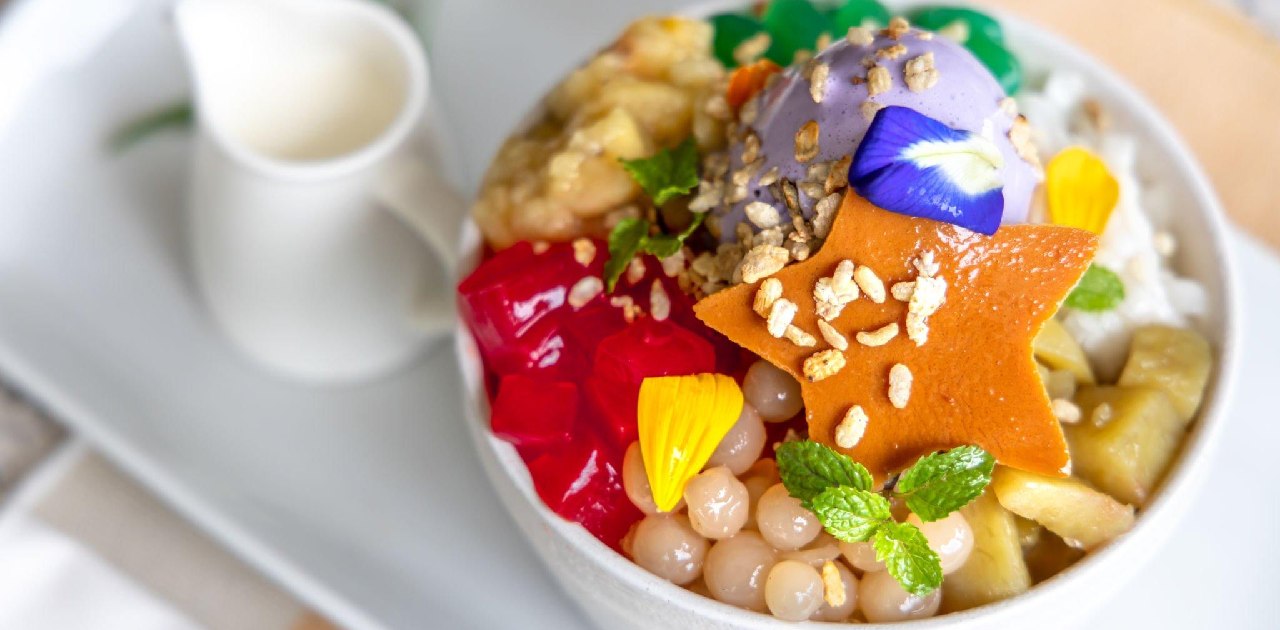Filipino cuisine is a reflection of the country’s rich history and diverse cultural influences. From Spanish to Chinese to Malay, Filipino food has been shaped by many different cultures over the centuries. Today, Filipino cuisine is a fusion of these influences, resulting in a unique and delicious culinary experience. In this guide, we’ll take a look at some of the must-try Filipino dishes that you simply can’t miss.
Introduction to Filipino cuisine
Filipino cuisine is known for its bold flavors, use of fresh ingredients, and unique cooking techniques. Rice is a staple in Filipino cuisine and is usually served with every meal. Many dishes are also made with a variety of meats, seafood, and vegetables. Filipino cuisine also has a reputation for being quite heavy, with many dishes featuring rich sauces and fatty meats.
One of the most important aspects of Filipino cuisine is the concept of “lutong bahay,” which translates to “home-cooked.” Many Filipinos take pride in their ability to cook traditional dishes that have been passed down through generations. This means that many Filipino dishes have a strong sense of tradition and history, making them all the more special.
Must-try Filipino dishes
If you’re looking to explore Filipino cuisine, there are a few dishes that you absolutely have to try. Here are some of the most popular and delicious Filipino dishes that you simply can’t miss.
Adobo: The national dish of the Philippines
Adobo is often considered the national dish of the Philippines and is a staple in Filipino cuisine. This dish is made by marinating meat (usually chicken or pork) in a mixture of vinegar, soy sauce, garlic, and other spices. The meat is then cooked in the marinade until it’s tender and flavorful.
Adobo is a dish that’s beloved by many Filipinos and is often served at family gatherings and special occasions. It’s a simple, yet delicious dish that perfectly embodies the flavors of Filipino cuisine.
Sinigang: A sour soup that’s perfect for rainy days
Sinigang is a sour soup that’s perfect for rainy days or when you’re feeling under the weather. This soup is made with a variety of meats (pork, beef, or seafood) and vegetables (usually tomatoes, onions, and leafy greens). The sourness of the soup comes from tamarind, which is used to flavor the broth.
Sinigang is a comforting and flavorful soup that’s a favorite among many Filipinos. It’s a great way to warm up on a rainy day or to cure a cold.
Lechon: A roasted pig dish that’s a staple in Filipino celebrations
Lechon is a roasted pig dish that’s a staple in Filipino celebrations. This dish is made by roasting a whole pig over an open flame until the skin is crispy and the meat is tender. The result is a succulent and flavorful dish that’s perfect for special occasions.
Lechon is often served at weddings, baptisms, and other celebrations. It’s a dish that’s beloved by many Filipinos and is a symbol of feasting and abundance.
Kare-Kare: A savory peanut stew that’s perfect with rice
Kare-Kare is a savory peanut stew that’s often served with rice. This dish is made with oxtail, beef, or pork and is flavored with a thick peanut sauce. Vegetables such as eggplant, string beans, and bok choy are also added to the stew.
Kare-Kare is a rich and flavorful dish that’s perfect for those who love peanuts. It’s a popular dish in Filipino cuisine and is often served at family gatherings and special occasions.
Pancit: A noodle dish that’s a symbol of long life and prosperity
Pancit is a noodle dish that’s a symbol of long life and prosperity in Filipino culture. This dish is made with thin rice noodles and a variety of meats and vegetables. The noodles are stir-fried with garlic, onions, and soy sauce, giving them a savory and delicious flavor.
Pancit is a staple in Filipino cuisine and is often served at birthdays and other celebrations. It’s a dish that’s believed to bring good luck and prosperity to those who eat it.
Halo-Halo: A refreshing dessert that’s perfect for hot summer days
Halo-Halo is a popular Filipino dessert that’s perfect for hot summer days. This dessert is made with a variety of ingredients, including shaved ice, sweet beans, fruits, and ice cream. The result is a refreshing and delicious dessert that’s perfect for cooling down on a hot day.
Halo-Halo is a beloved dessert in Filipino cuisine and is often served at family gatherings and special occasions. It’s a dish that’s sure to satisfy your sweet tooth and cool you down on a hot day.
Where to find the best Filipino food
If you’re looking to try Filipino cuisine, there are plenty of great restaurants and eateries that serve up delicious dishes. Some of the best places to find Filipino food include:
- Jollibee: This fast-food chain is a Filipino institution and is known for its fried chicken and spaghetti.
- Max’s Restaurant: This chain is known for its delicious fried chicken and traditional Filipino dishes.
- Kuya J: This restaurant serves up a variety of Filipino dishes, including Kare-Kare and crispy pata.
Frequently Asked Questions:
What are some popular Filipino dishes?
Some popular Filipino dishes include Adobo (a savory stew), Lechon (roast pig), Sinigang (a sour soup), Kare-Kare (a peanut-based stew), Pancit (noodles), and Lumpia (spring rolls).
What makes Filipino food unique?
Filipino food is a blend of influences from Malay, Chinese, Spanish, and American cuisine, as well as indigenous ingredients and cooking techniques. This unique fusion results in bold flavors and combinations, such as sour and savory Sinigang or sweet and salty adobo.
What are some must-try Filipino desserts?
Some must-try Filipino desserts include halo-halo (a shaved ice dessert with sweet beans, fruit, and milk), bibingka (a rice cake with coconut milk), and leche flan (a caramel custard).
Are there any vegetarian or vegan options in Filipino cuisine?
Yes, there are vegetarian and vegan options in Filipino cuisine. Some dishes, such as ginisang gulay (sauteed vegetables) or adobong sitaw (string beans in a vinegar sauce), are naturally vegetarian or can be easily modified to be vegan.
Where can I find Filipino food outside of the Philippines?
Filipino cuisine is becoming more popular worldwide, and you can find Filipino restaurants and food trucks in many major cities. Additionally, some Asian grocery stores may carry Filipino ingredients and snacks.
Conclusion: Why Filipino cuisine is worth trying
Filipino cuisine is a unique and delicious culinary experience that’s well worth trying. From the bold flavors to the rich history and tradition, Filipino cuisine offers a one-of-a-kind dining experience that you won’t find anywhere else. So why not give it a try? Head to your local Filipino restaurant or try cooking up some traditional dishes at home. You won’t regret it.
